United Airlines told its employees to expect closer FAA scrutiny, following a number of high-profile incidents over the last couple of weeks.
To say that March 2024 hasn’t been a very flattering one for United Airlines would be an understatement. The ball started rolling on the 7th when a 777-200ER lost a wheel while departing from San Fransisco.
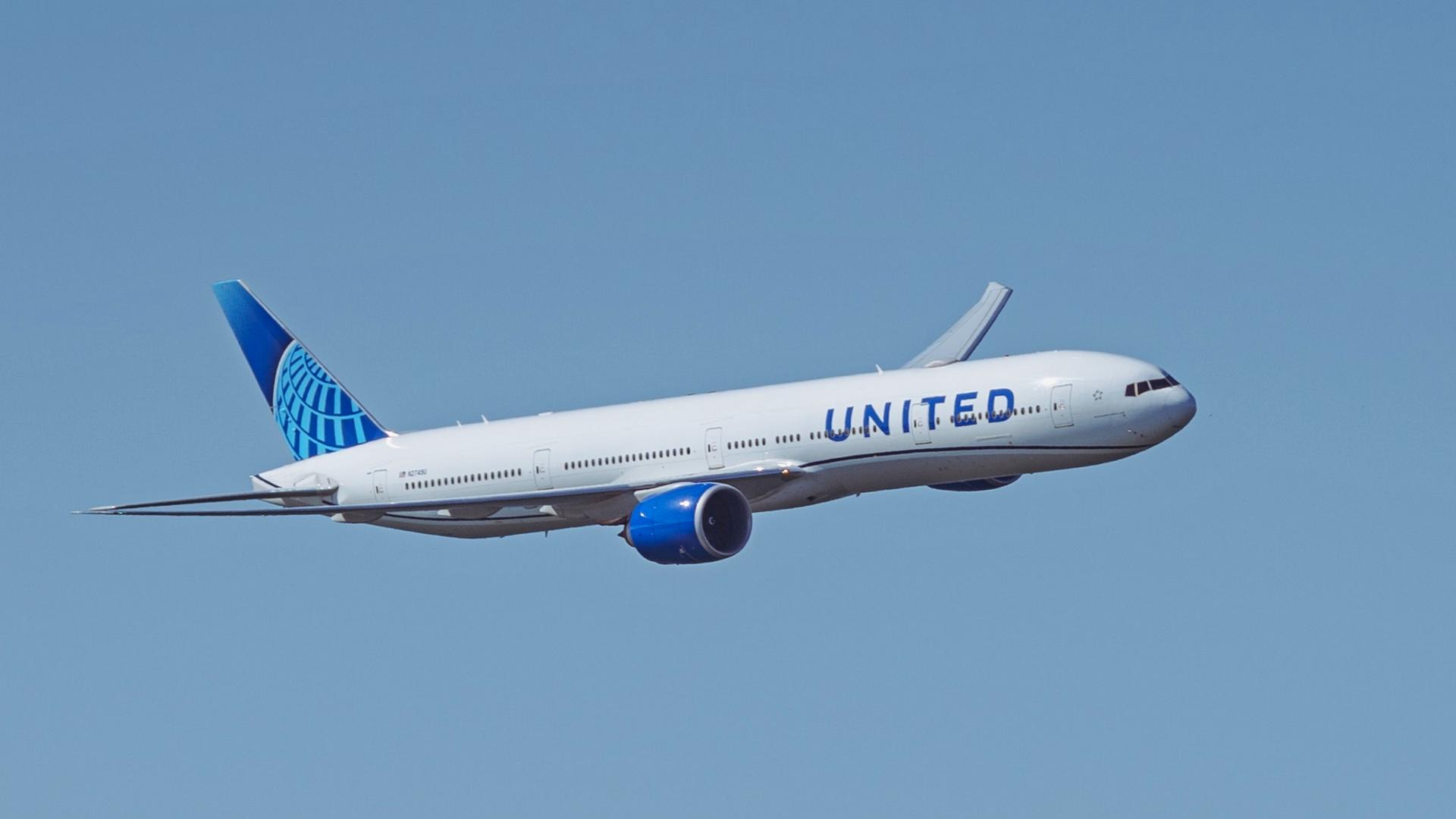
The pilots of this flight decided to divert to Los Angeles, where they landed safely. Nobody was hurt, but the departing wheel seriously damaged two cars. The FAA and the NTSB announced that they are investigating this United mishap.
Then just a day later (March 8th), a United 737 MAX-8 slid onto soft ground as it taxied off the runway at Houston Intercontinental Airport, in Texas. When it came to a stop, its left main landing gear had collapsed, and its left engine rested on the ground.
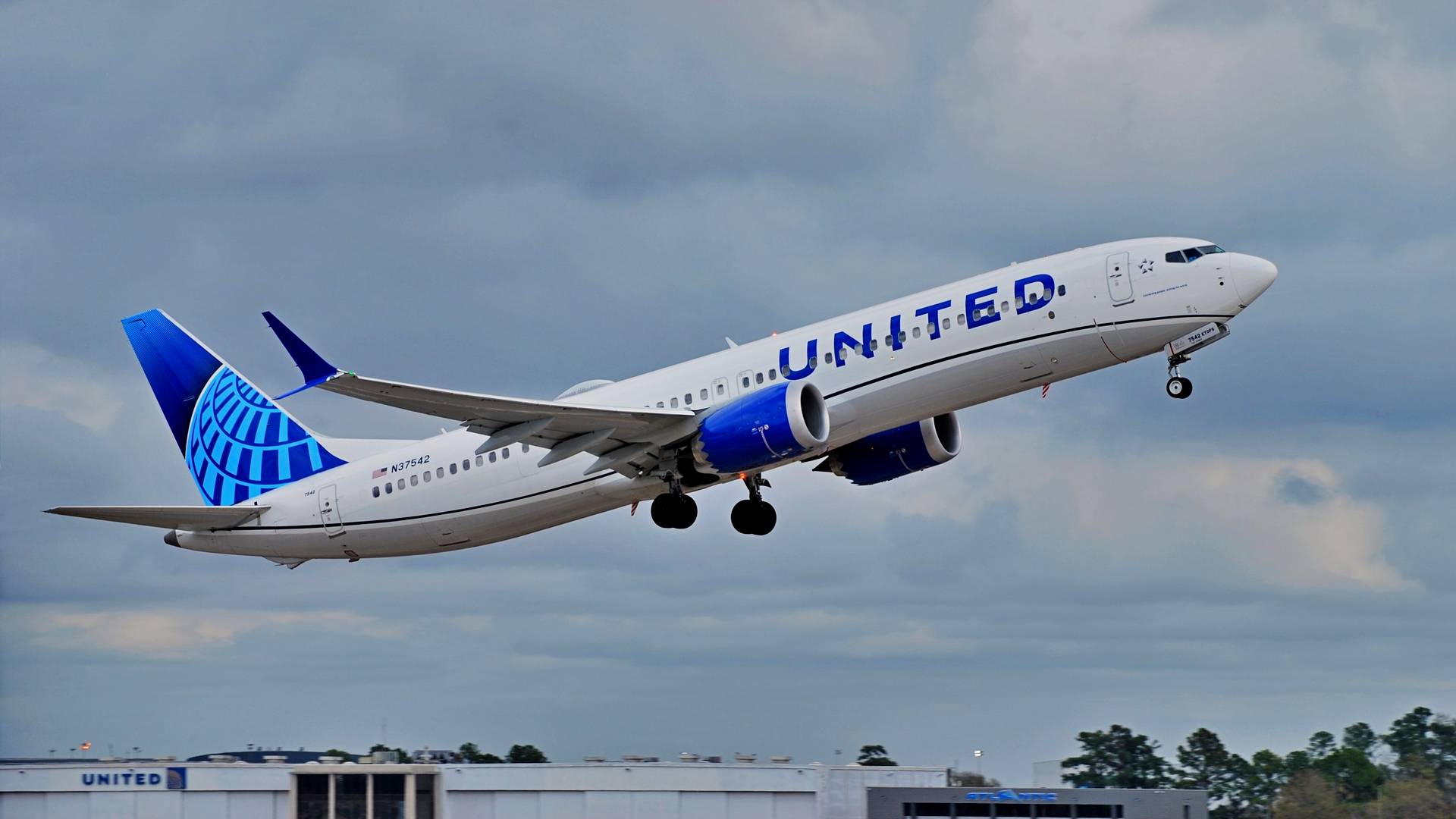
Many Aircraft Types, Many Issues
Again, there were no injuries in this event. It appears that the gear of the United 737 collapsed due to the excursion, but we will know more after the investigations of both the FAA and the NTSB.
Three days after this event, a United 777-300ER had a visible hydraulic leak as it lifted off the runway in Sydney, Australia. The crew continued their climb normally but eventually decided to return to Sydney, where they landed safely.
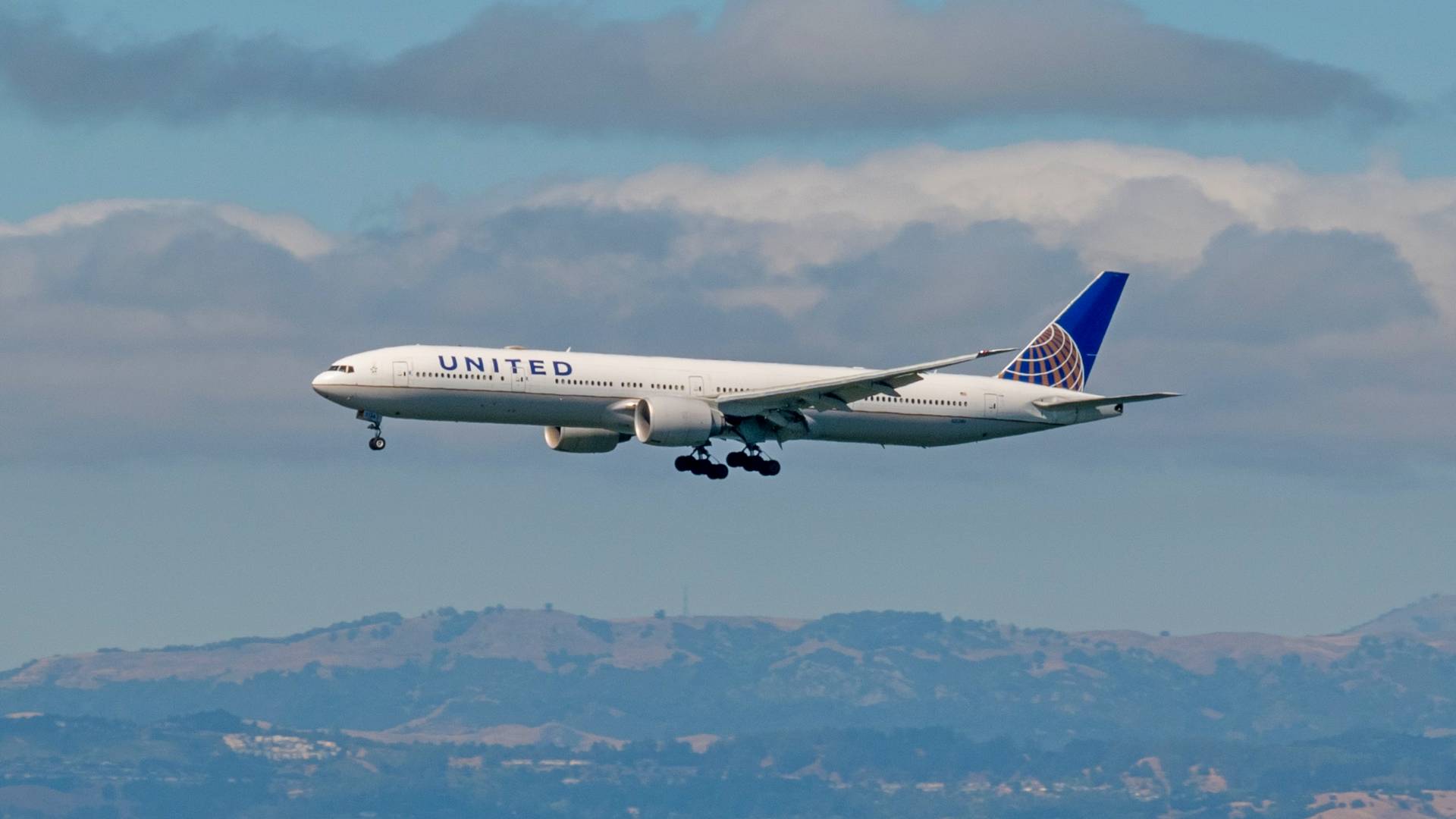
And finally, a United 737-800 landed safely and reached the gate in Medford, Orlando, after an otherwise uneventful flight from San Francisco. But at the gate, it was immediately obvious that the aircraft was missing a panel in the fuselage, near its landing gear.
Beyond these four events, there were other in-flight diversions due to various technical issues (hydraulics, oil warnings, air data sensors, and gear issues). However, it is not clear if these issues were more than the norm, as a lot of such events often go unreported – or attract little attention if they DO appear in various reports.
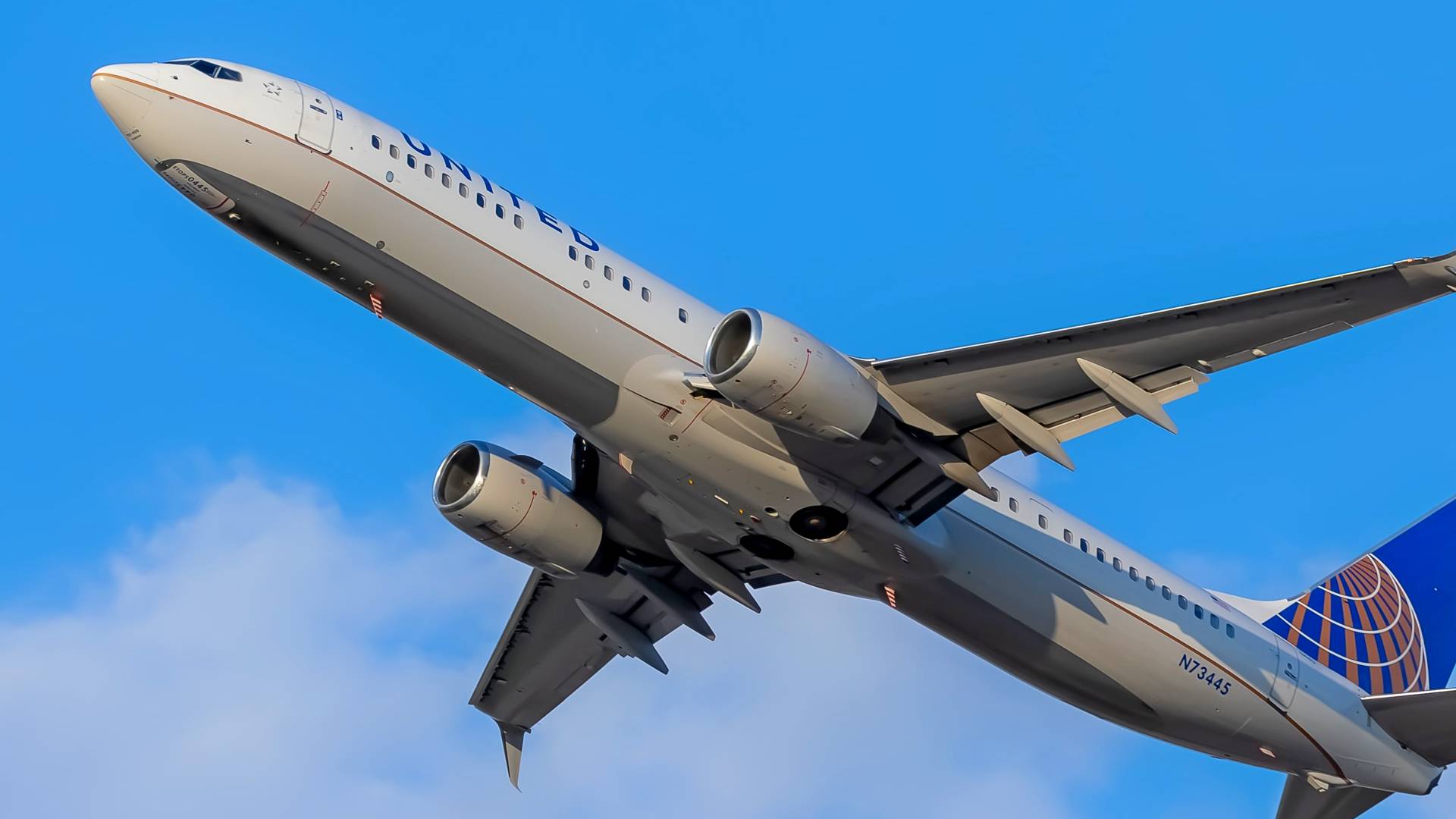
FAA Putting United Under the Microscope
In any case, perhaps other than the 737 MAX-8 accident, the rest of these mishaps appear to involve technical issues. United stated that it welcomes the additional scrutiny from the FAA, and is looking forward to the regulator’s perspective on these events, and any changes the airline may have to make.
The FAA commented that it routinely monitors United and other airlines’ operations, their compliance with regulations, and their ability to identify, assess, and mitigate risks.
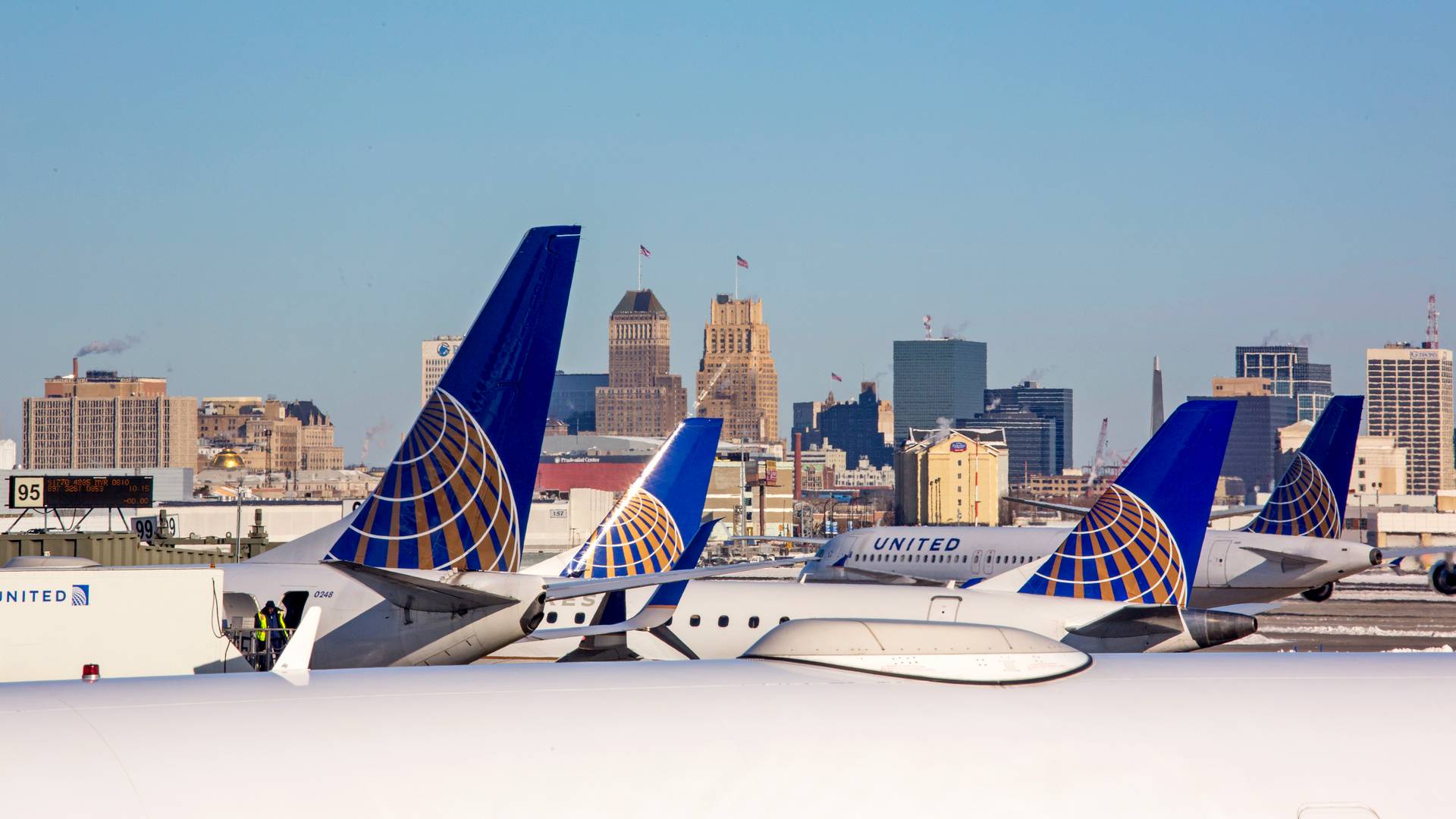
Some observers have noted that the four incidents or accidents above involve Boeing aircraft. However, the ages of these jets vary considerably. The 777-200 is over 22 years old, the 737 MAX-8 is nearly 4.5 years old, the 777-300ER is 7 years old and the 737-800 that lost the panel is 25.3 years old.
Also, other less visible technical in-flight issues involved Airbus A320s. The FAA seems to be focusing on United itself, rather than its aircraft. Some sources suggest that the agency could slow down United’s introduction of new aircraft or new routes, while its investigation takes place.



